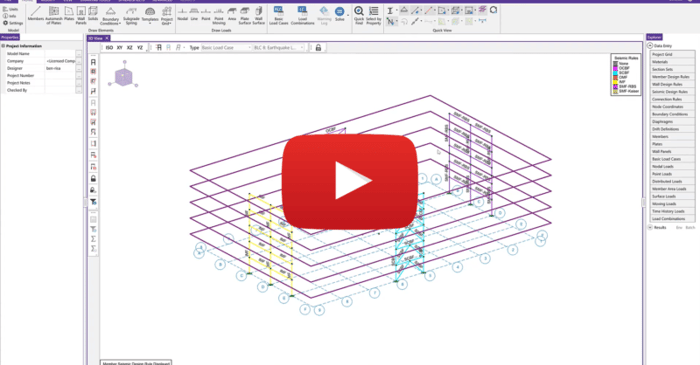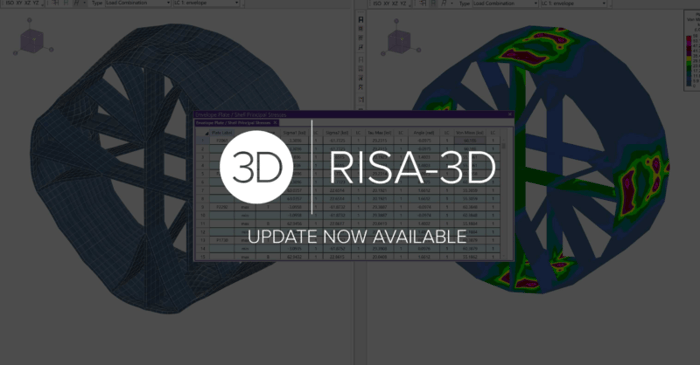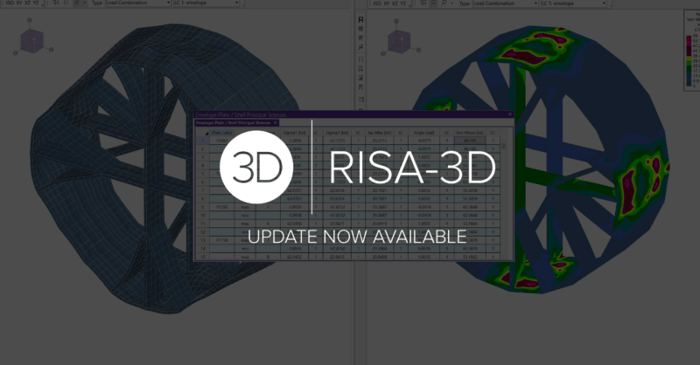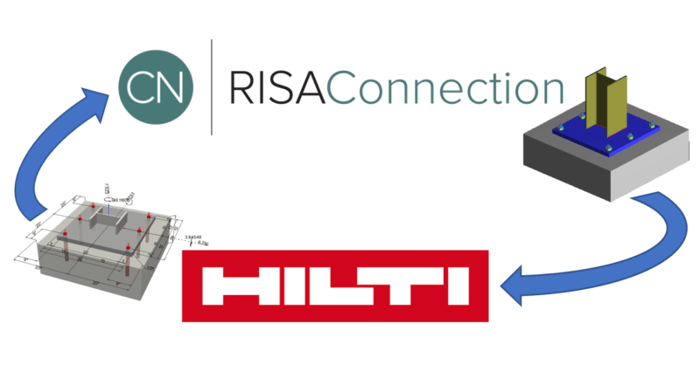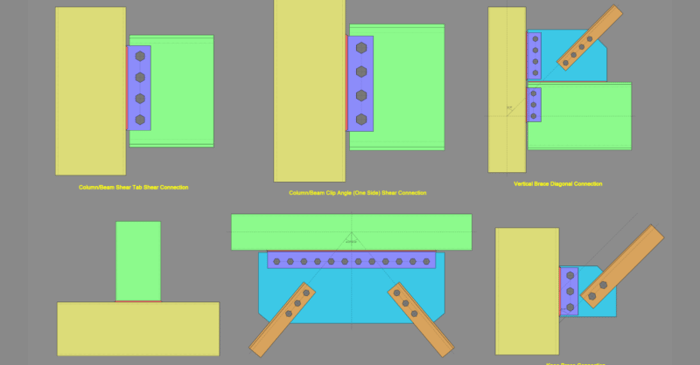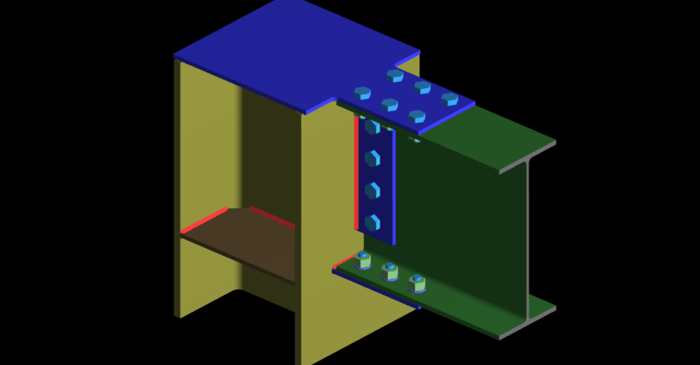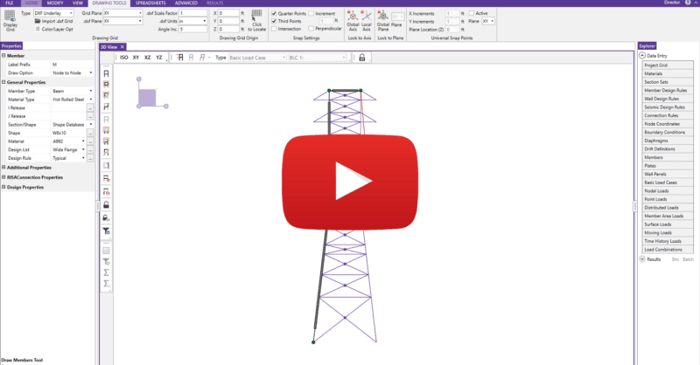
March 25, 2020
Importing a DXF File into RISA-3D
RISA-3D allows users to import dxf files directly from software like AutoCAD, Microstation and ArchiCAD. Upon import, the files can be used either as a dxf underlay, giving the user the ability to trace complex geometry in RISA-3D or as a direct import in order to convert members and plates into...




